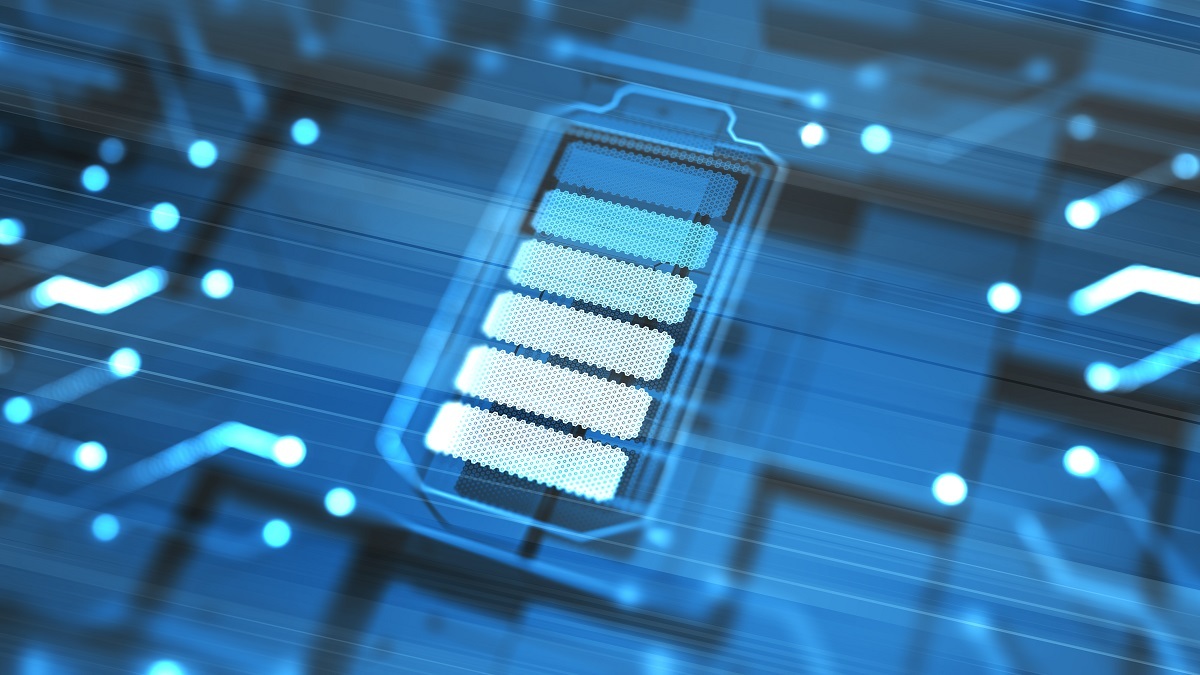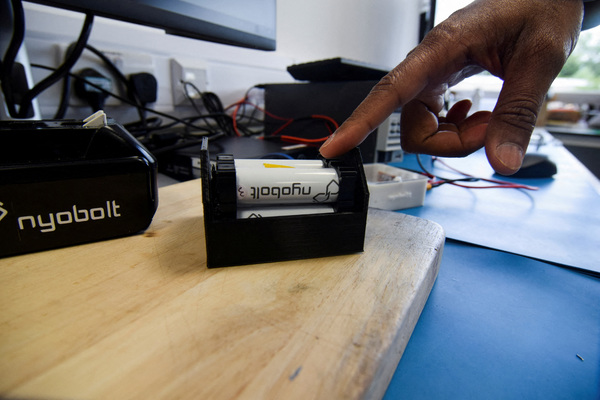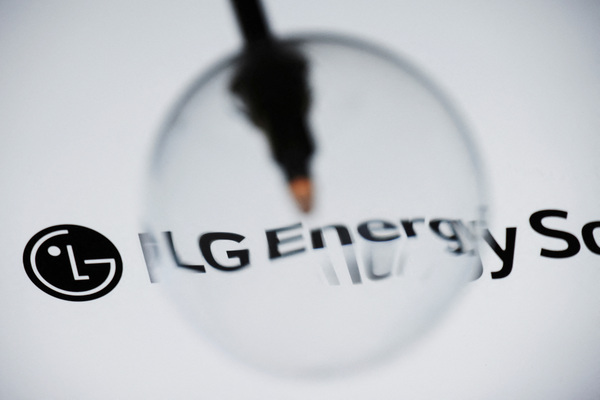Next-generation battery technologies and trends
Sponsored by The Battery Show
Battery technology is the subject of much focus as automotive manufacturers shift away from fossil-fuel-powered vehicles towards hybrid and electric. We could soon be using batteries that take just seconds to charge and have unprecedented lifespans. But first the industry must overcome the hurdles it faces in current battery technology. Lithium-ion technology has played a big role in driving uptake among car manufacturers, delivering high-energy density and charge retention capacity alongside low maintenance requirements, but there are signs that it is reaching its limitations. Lithium-ion cells need protection circuitry to ensure they don’t get overcharged and stay within safe operating limits. They also suffer from ageing, and storage conditions can have a large impact on the life of the battery, plus they cost significantly more than other batteries. As a result, manufacturers are seeking better, more sustainable battery technology to incorporate into hybrid/electric vehicles (H/EVs). To meet anticipated demand for EVs by 2025, effective battery capacity must expand by a factor of 12, resulting in a clamour to source new battery technologies capable of meeting demand. Looking ahead, here are five technologies that could see wide uptake:
• Lithium-ion batteries may yet have potential
In 2016, researchers at the University of California at Irvine discovered they could increase the tensile strength of nanowires, which could be used to dramatically extend the lifespan of lithium-ion batteries. Nanowires have high conductivity and a large surface area, but are fragile and don’t hold up well to repeated discharging and recharging. Yet the researchers found that by coating a gold nanowire in a manganese dioxide shell and encasing the assembly in an electrolyte made of a Plexiglas-like gel, it became reliable, flexible and resistant to cracking – as well as performing hundreds of thousands of cycles without losing capacity or power.
• Lithium-metal batteries could triple EV ranges
US start-up Pellion Technologies has succeeded where many others have failed: getting past the development and testing phase for lithium-metal batteries. This technology overcomes the limitations of lithium-ion by safely putting a metal on the anode. Typical lithium-ion batteries use carbon anodes, but these have low storage capacity. Next steps will be reducing charge time and boosting the battery’s life-cycle to achieve larger market presence and, perhaps eventually, tapping the lucrative automotive market.
• Solid-state lithium-ion offers key benefits
Solid-state batteries offer fast charging times and good heat resistance, and require less room for temperature control than their lithium-ion counterparts, meaning more cells can be included in the same size of pack. They can also completely charge or discharge in just seven minutes – ideal for vehicle applications. But the technology remains in the lab, with many companies – including EV giant Tesla – running into problems attempting to mass-produce these batteries.
• Graphene batteries can charge in just five minutes
Graphene battery technology has been the recipient of billions of euros in research funding. A graphene battery comprises a very thin sheet of carbon atoms in a honeycomb-like pattern. It offers improved performance thanks to its conductive properties, large surface area, flexibility and low weight. Graphene batteries that surpass the performance of lithium-ion batteries have already been unveiled. One such example is a graphene battery capable of charging and discharging around 33 times faster than a regular lithium-ion battery, meaning it has huge potential in automotive applications.
• Aluminium-air battery delivers impressive range
In 2014, an electric car hit a range of 1,000 miles on a single charge. The battery technology behind this feat was aluminium-air, which uses naturally occurring oxygen to fill its cathode and thus makes the battery significantly lighter than liquid-filled lithium-ion batteries. The downside is how often the batteries need to be replaced, which could prove a major hindrance in an era of going “green”. Even where batteries can be recycled, there must be a market for the recycled materials, and there is a limit on how many times these can be repurposed.
Find the latest battery trends and innovations at The Battery Show Europe
Showcasing the range of battery options and discussing their pros and cons is essential to driving forward the automotive battery revolution. From 28 to 30 April, more than 400 exhibitors will display their innovations at The Battery Show Europe, the continent’s largest exhibition of automotive battery technologies and its most significant gathering of industry professionals. Trade fair passes are free, and attendees can gain access to the latest H/EV and battery technologies, discover new ideas for increased manufacturing efficiencies, and network with thousands of industry peers at the complimentary networking receptions. Running parallel to the trade fair is a three-track conference delivering expert insights into the business and technical challenges and commercial opportunities facing battery manufacturers, automotive OEMs and their suppliers. Register for your free trade fair pass, or book your seat at the conference here.

Business Reporter Team
Most Viewed
Winston House, 3rd Floor, Units 306-309, 2-4 Dollis Park, London, N3 1HF
23-29 Hendon Lane, London, N3 1RT
020 8349 4363
© 2025, Lyonsdown Limited. Business Reporter® is a registered trademark of Lyonsdown Ltd. VAT registration number: 830519543





